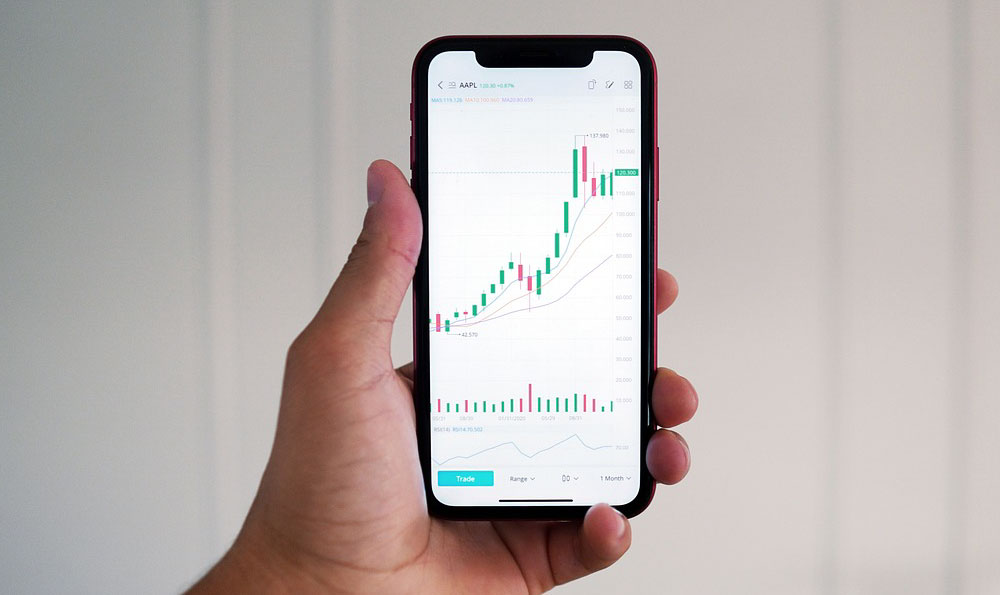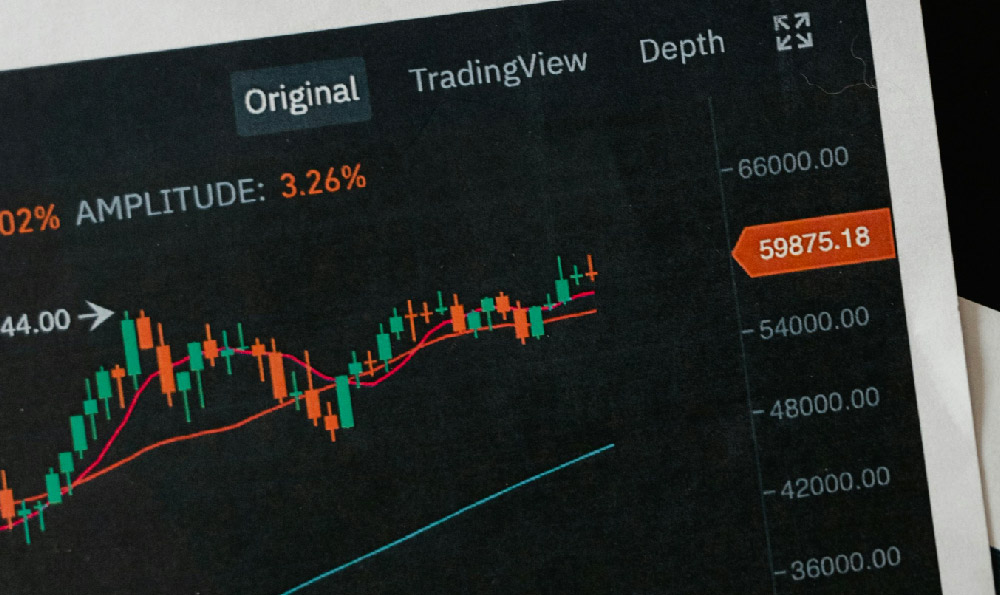Day trading, the practice of buying and selling securities within the same trading day, promising quick profits and financial independence, has captivated the imaginations of many. However, the allure of instant riches often overshadows the inherent risks and the surprisingly low success rates associated with this high-stakes game. While stories of successful day traders may circulate, the reality for most participants is far less glamorous. Understanding the statistical landscape of day trading profitability is crucial before venturing into this complex arena.
One of the fundamental truths about day trading is that it is incredibly difficult to achieve sustained profitability. Academic research and brokerage firm studies consistently reveal a sobering picture: the vast majority of day traders lose money. Several studies place the profitability rate somewhere between 10% and 20%, meaning that only a small fraction of those who attempt day trading actually manage to consistently make money over the long term. The exact percentage varies depending on the study, the market conditions during the study period, and the specific definition of "profitability" used. However, the general consensus remains: day trading is a losing proposition for most.
Several factors contribute to this low success rate. One of the most significant is the inherent informational disadvantage faced by individual day traders against institutional investors and professional trading firms. These institutions possess vast resources, including advanced technology, sophisticated analytical tools, and access to real-time market data that individual traders simply cannot match. They employ teams of experienced analysts and traders who are constantly monitoring market trends and identifying profitable opportunities. The playing field is far from level.

Furthermore, day trading requires an exceptional level of discipline, emotional control, and risk management. The fast-paced nature of the market and the potential for rapid gains and losses can lead to impulsive decision-making, a phenomenon known as emotional trading. Many novice day traders fall prey to fear and greed, buying high when the market is surging and selling low when the market is declining. This often leads to substantial losses. Successful day traders, on the other hand, are able to remain calm and rational under pressure, sticking to their pre-defined trading plans and managing their risk effectively. This involves setting stop-loss orders to limit potential losses and taking profits when targets are reached, resisting the temptation to hold on for more.
The cost of trading also plays a significant role in determining profitability. Frequent trading generates significant commission costs, which can erode profits, especially for those trading with small amounts of capital. While many brokers now offer commission-free trading, other fees, such as platform fees or data fees, may still apply. These costs can accumulate quickly, especially for active traders, and can significantly impact the bottom line.
Another overlooked aspect is the time commitment required to be a successful day trader. It is not a part-time hobby; it requires a full-time dedication and intense focus. Successful day traders spend hours each day analyzing market data, monitoring news events, and executing trades. They must be able to quickly adapt to changing market conditions and make split-second decisions. This demanding schedule can be difficult to maintain, especially for individuals with other commitments, such as full-time jobs or family responsibilities.
The illusion of quick riches, fueled by misleading advertising and anecdotal success stories, often attracts individuals who are unprepared for the challenges of day trading. Many novice traders lack the necessary education, experience, and capital to succeed. They enter the market with unrealistic expectations and a naive understanding of the risks involved. They often fail to develop a sound trading strategy, relying instead on hunches or tips from unreliable sources.
In conclusion, while the allure of day trading is undeniable, the reality is that only a small percentage of day traders achieve sustained profitability. The informational disadvantage, the need for exceptional discipline and risk management, the cost of trading, and the demanding time commitment all contribute to the high failure rate. Before venturing into the world of day trading, individuals should carefully consider the risks involved, realistically assess their own skills and resources, and be prepared to lose money. It is essential to approach day trading as a serious business, not a get-rich-quick scheme, and to invest the time and effort necessary to develop a sound trading strategy and manage risk effectively. For most individuals, a more conservative long-term investment strategy is likely to be a more prudent and rewarding path to financial success. If one is still insistent on pursuing day trading, extensive paper trading (simulated trading with no real money) is strongly advised to learn the ropes and test strategies before risking any real capital.












